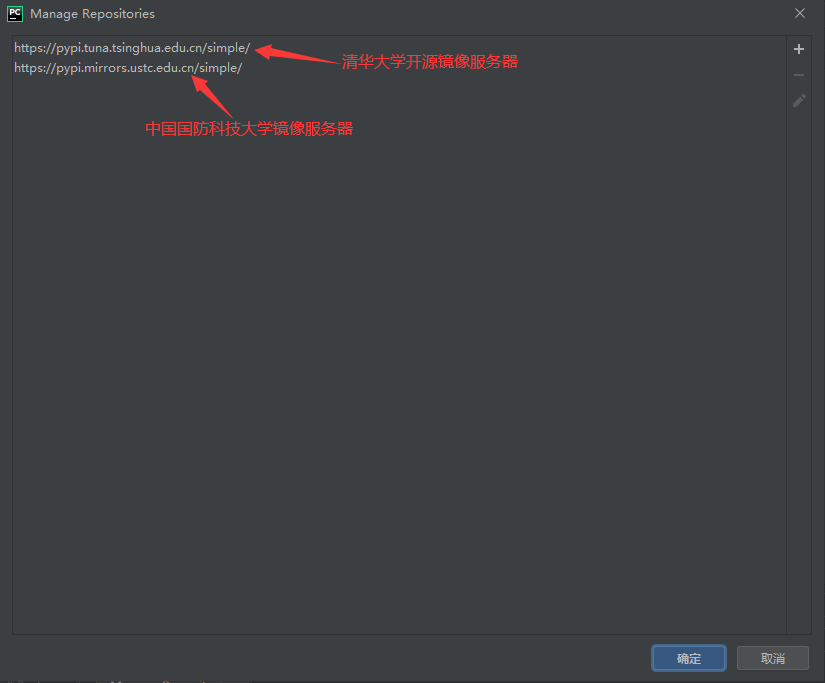


To verify that Python is available on our local machine, we need to open the command line (in Windows search, type cmd and press Enter to open Command Prompt or right-click on the Start button and select Windows PowerShell), type python, and press Enter. How to Install PIP on Windowsīefore proceeding to PIP installation on Windows, we need to make sure that Python is already installed and PIP is not installed. If necessary, PIP can also connect to another local or online repository as long as it complies to PEP 503. In more practical terms, PIP is a widely used package-management system designed to install libraries that aren't included in the standard distribution of the Python programming language on our local machine - and then manage them from the command line.īy default, PIP fetches such libraries from Python Package Index (PyPI), which is a central online repository containing a vast collection of third-party packages for various applications.

PIP stands for "PIP Installs Packages", which is a recursive acronym (the one that refers to itself) coined by its creator. In this tutorial, we will identify PIP for Python, when we use it, how to install it, how to check its version, how to configure it on Windows, and how to upgrade (or downgrade) it.


 0 kommentar(er)
0 kommentar(er)
